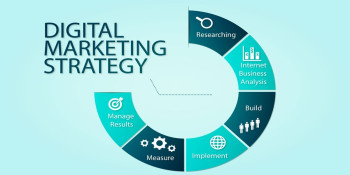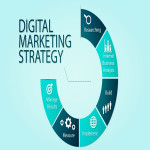The world of marketing is constantly evolving, and one of the most notable developments is immersive marketing. This innovative strategy is gaining popularity, and in this blog, we will explore why immersive marketing is the future of brand experiences and where this emerging trend is headed.
What is Immersive Marketing?
Immersive marketing is a strategy where brands use immersive, interactive experiences to deeply engage their audience with their message and products. This approach goes beyond traditional marketing methods, using advanced technologies like augmented reality (AR), virtual reality (VR), 360-degree videos, and other interactive elements to create a lasting and emotional connection with audiences.
Why is Immersive Marketing Becoming More Popular?
Immersive marketing is growing rapidly due to the unique benefits it offers both brands and consumers. First and foremost, it provides an unprecedented opportunity to capture and retain audience attention. In a world where consumers are constantly exposed to ads and content, immersive marketing helps brands stand out and leave a lasting impression.
Moreover, immersive marketing fosters deeper engagement with audiences. By immersing people in interactive and engaging experiences, brands create emotional connections that traditional advertising cannot match. This leads to a more positive perception of the brand and increases the likelihood of consumers becoming loyal customers.
Additionally, immersive marketing can help brands showcase complex products or services in an accessible way. With AR or VR, consumers can virtually try products before purchasing, reducing barriers to purchase and increasing trust in the product.
The Focus of Immersive Marketing
At its core, immersive marketing is about creating engaging and relevant experiences for the audience. It's not just about displaying products or services but telling a story that engages the senses and evokes emotions. Immersive marketing aims to involve all the senses – sight, hearing, and touch – to create a lasting impression.
Personalization is also a key component of immersive marketing. By customizing experiences to consumers' individual preferences, brands can foster deeper connections and increase engagement. Data and analytics play a crucial role in understanding what audiences want and how they prefer to engage with the brand.
Furthermore, immersive marketing emphasizes authenticity. Consumers increasingly value brands that offer genuine and authentic experiences. Immersive marketing enables brands to tell their stories creatively and build sincere connections with their audience.
Conclusion
Immersive marketing is an exciting leap forward in the marketing world. By leveraging cutting-edge technologies and interactive experiences, brands can engage deeply with their audiences and create lasting impressions. As consumers become more discerning, immersive marketing offers a unique opportunity for brands to differentiate themselves and build lasting relationships with their audiences. With its focus on personalized, authentic, and immersive experiences, immersive marketing is set to define the future of marketing.





